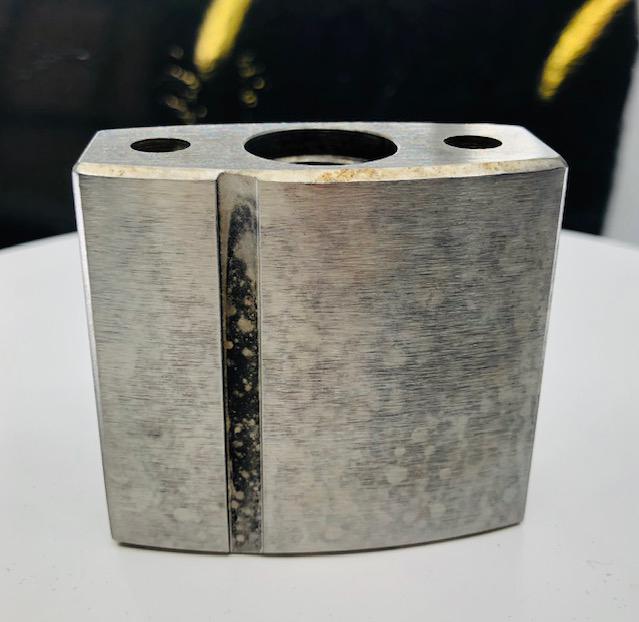Nickel plating
Nickel plating is an effective coating both on its own and as an intermediate layer for gold, for example
Nickel is one of the most widely used metals in surface treatment due to its good technical and decorative properties. It is a magnetic metal and has good alkali resistance. This plating has properties such as luster, hardness, toughness, thermal and electrical conductivity and corrosion resistance. These properties can be also adjusted using different types of electrolytes.
Nickel plating acts as a diffusion barrier e.g. as an intermediate coating of copper and gold.
We offer the following types of nickel plating:
Bright nickel
- Increases the gloss level of the base material. Often used as an intermediate coating for optical and decorative objects for which excellent gloss is desired
- Hardness 150 – 220 HP
- Typical coating thicknesses are 2 to 20 μm
Semi-bright nickel
- Low gloss with less coating stress and better corrosion resistance than polished nickel
- Softer and tougher than polished nickel
- Hardness 150 – 200 HP the same
- Typical coating thicknesses 2 – 20 µm
- The combination of semi-gloss nickel and gloss nickel provides so-called duplex nickel coating that combines the best of both coatings
The brass handle
Autocatalytic (chemical) nickel
Autocatalytic nickel plating is the official name for this process, but the term chemical nickel plating is commonly used. The coating layer precipitates without an external power supply. The advantage of chemical nickel over electrolytic nickel plating is the even growth on all surfaces of the plated object. With nickel, depending on the type of bath, either phosphorus or boron is co-precipitated into the coating. In our chemical nickel bath we use 8 – 10 % phosphorus that co-precipitates in the coating. Phosphorus improves the corrosion resistance of nickel compared to electrolytic nickel.
- Hardness 605 HP
- Typical coating thicknesses 5 – 20 µm
Using suitable pretreatments, chemical nickel can also be used to coat non-conductive surface such as plastic.





